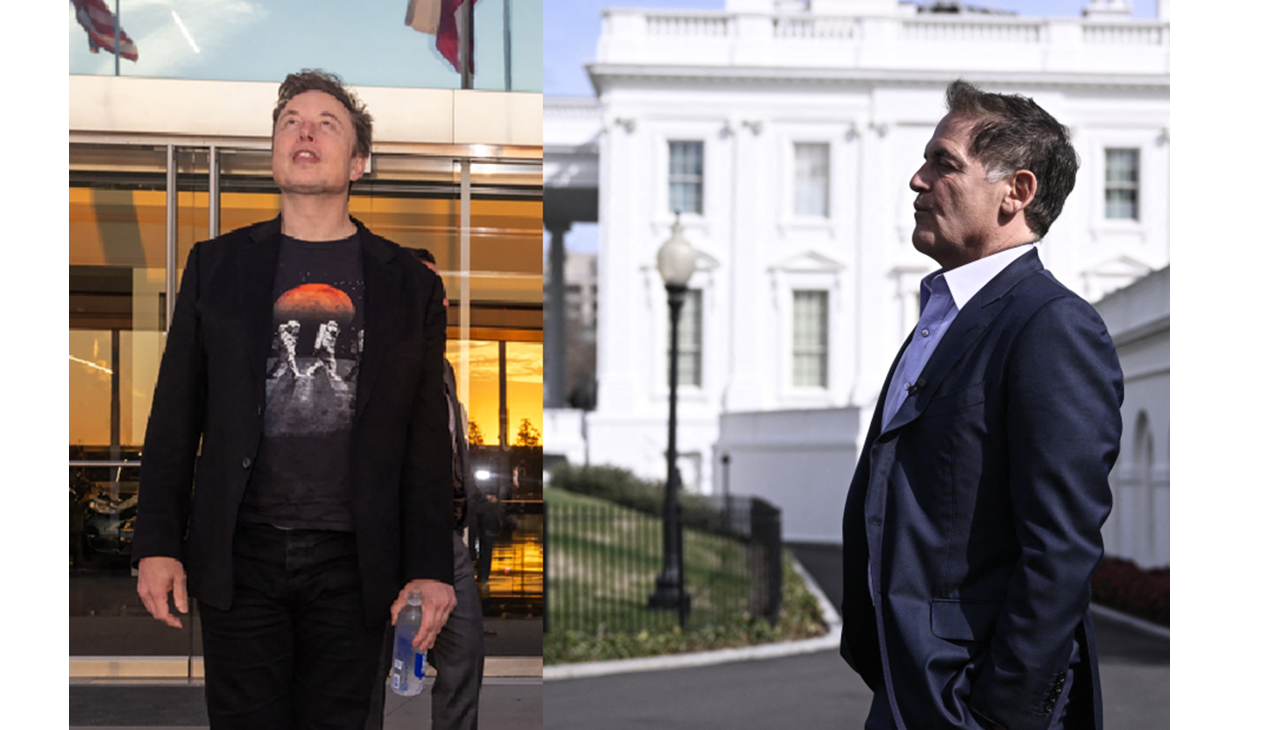
Fed study sheds light on how millennials use money
Reasearches found high-earning millennials used a mix of traditional and more modern ways to spend and bank.
When it comes to banking and personal finance, a new study found millennials are using use money in “counterintuitive” ways
Research conducted by the Federal Reserve Bank of Philadelphia and Phoenix Marketing International found Millennials looked at how the generation used prepaid debit or credit cards across income levels. It also looked at what methods millennials used to manage their money.
For the purpose of the study, any consumer between the ages of 18 and 32 were considered to be in the millennial range.
Researchers found that millennials in the upper-income bracket (those who earn $100,000 each year or more) tended to use prepaid cards more than those who earned less. About 60 percent of higher earning millennials used prepaid cards. This is compared to 49 percent of those who earned $50K to $99.9K a year and 41 percent of those who earn less than $50K a year.
Among the research findings was the discovery of a “power user” group — young, banked, and middle to upper-income. More people in this group used general purpose reloadable (GPR) prepaid cards than any other, challenging the notion that such cards are a product for low-income and “unbanked” consumers, the researchers said.
Interestingly, researchers also found that this same group of millennials uses traditional banking services at a similar rate. Moreover, millennials tend to gravitate more towards larger banks and financial institutions that have well established mobile banking and online access, as opposed to smaller credit unions and community banks.
You can read a summary of the research here and the full study here.










LEAVE A COMMENT:
Join the discussion! Leave a comment.